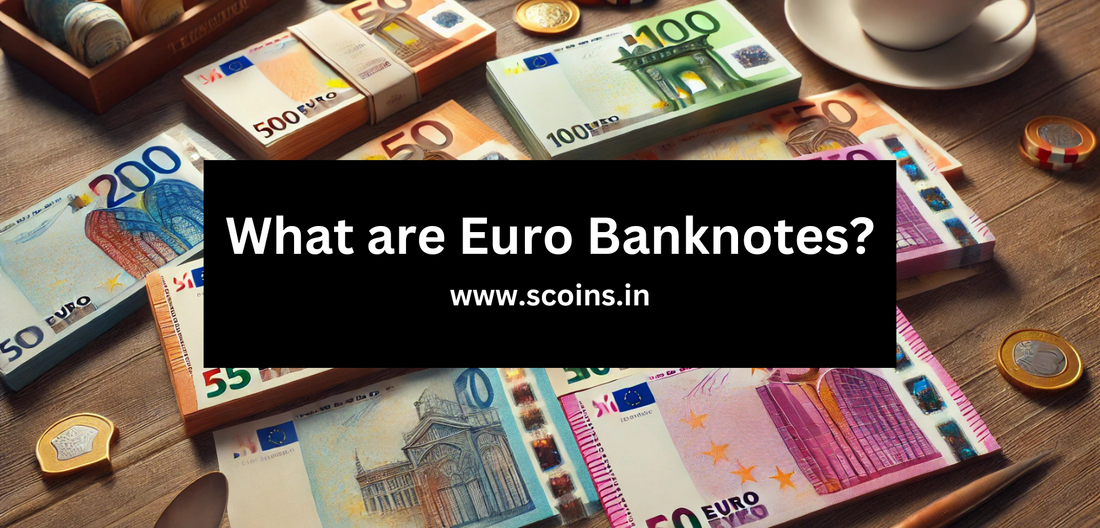
What are Euro Banknotes?
The Euro banknotes are a key component of the European Union’s monetary system, serving as legal tender across 20 countries in the Eurozone. Designed to reflect Europe’s rich history and unity, these banknotes are recognized worldwide for their unique security features, artistic design, and economic significance.
What Are Euro Banknotes?
Euro banknotes are the paper currency issued by the European Central Bank (ECB) and the national central banks of Eurozone member states. Introduced in 2002, they replaced the national currencies of participating countries, making cross-border transactions easier and more efficient.
Denominations and Design
Euro banknotes come in seven denominations: €5, €10, €20, €50, €100, €200, and €500. Each banknote features:
- A distinct color scheme
- Architectural styles from different periods in European history
- Bridges, windows, and gateways symbolizing openness and connection
- The signature of the President of the European Central Bank
While the €500 banknote was discontinued in 2019 to curb illegal financial activities, it remains legal tender.
Security Features of Euro Banknotes
To prevent counterfeiting, Euro banknotes incorporate advanced security features, including:
- Watermarks – Visible when held against light
- Holograms – Shimmering images that change with movement
- Color-Shifting Ink – Alters appearance at different angles
- Raised Printing – Tactile elements for easy verification
- UV and Infrared Features – Detectable under special lighting
These features ensure the authenticity and durability of the currency.
Countries Using Euro Banknotes
Euro banknotes are used by 20 countries in the Eurozone, including Germany, France, Italy, Spain, and the Netherlands. Additionally, some non-EU countries, like Montenegro and Kosovo, have adopted the Euro informally.
Collecting Euro Banknotes: A Numismatic Perspective
For currency collectors, Euro banknotes hold great value due to their design variations, special editions, and rare serial numbers. Collectors often seek limited-edition prints and misprinted notes, making Euro banknote collecting a thriving niche in numismatics.
Interesting Facts About Euro Banknotes
- The first series of Euro banknotes was replaced by the Europa series, which introduced enhanced security features.
- Each banknote contains a unique serial number for traceability.
- The Euro is the second most traded currency in the world, after the US Dollar.
Final Thoughts
Euro banknotes are more than just a means of payment—they represent the unity, history, and economic strength of Europe. Whether you’re a traveler, collector, or financial enthusiast, understanding the significance of Euro banknotes can enhance your appreciation for this globally recognized currency.
